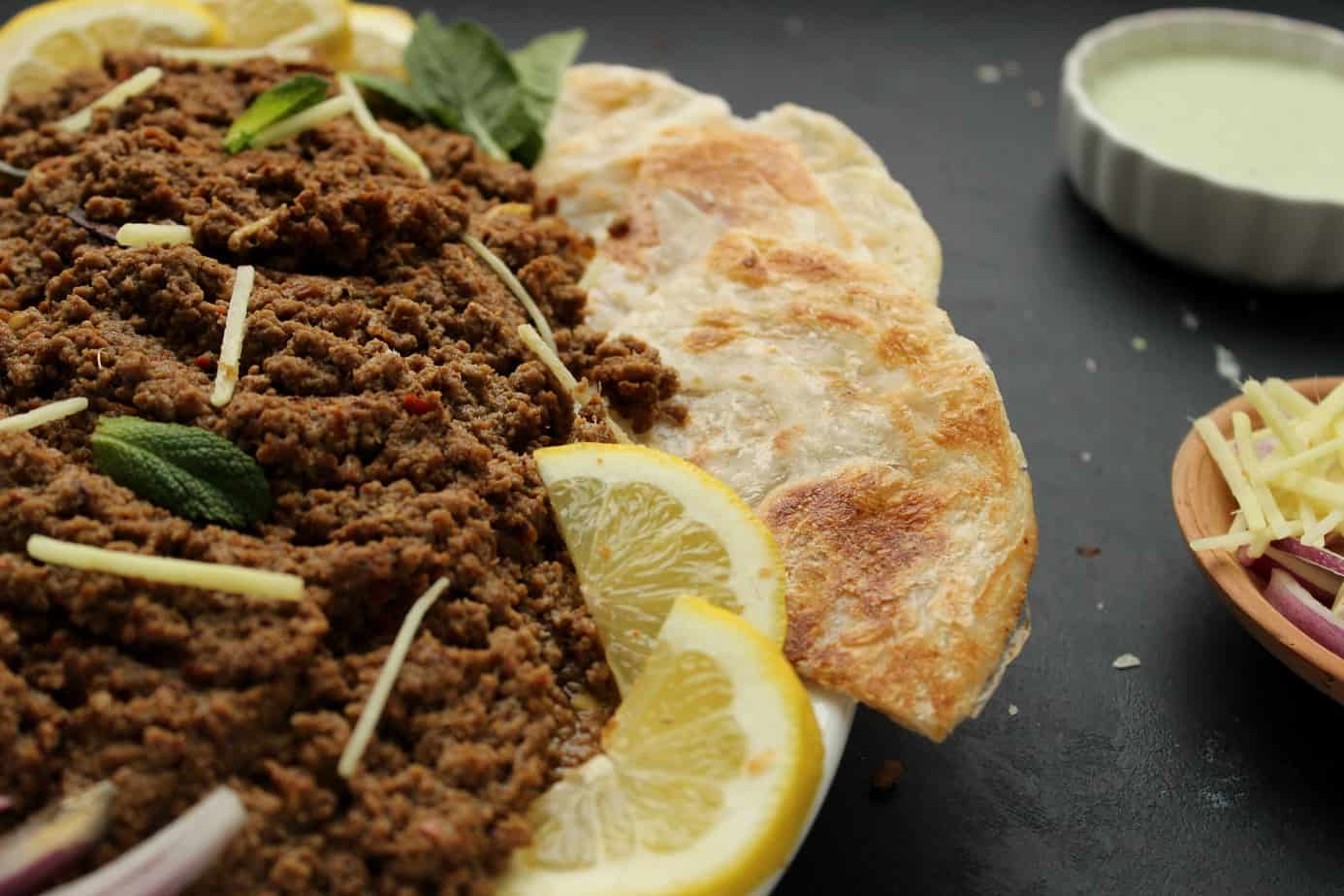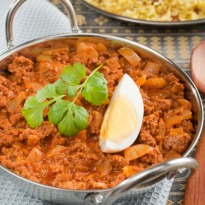
The sound is the retroflex flap, which is written in Hindi with the Devanagari letter ड़, and in Urdu with letter ڑ. The sound is a hard 'da' in the Telugu language and the 'ra' sound would be an incorrect pronunciation. Some divergence of transliteration may be noted in the third consonant in the word. The word pakoṛā is derived from Sanskrit पक्ववट pakvavaṭa, a compound of pakva ('cooked') and vaṭa ('a small lump') or its derivative vaṭaka, 'a round cake made of pulse fried in oil or ghee'. Pakoda may be interpreted in these states as deep fried balls of finely chopped onions, green chilis, and spices mixed in gram flour. In Bengali it may be called bora (বড়া) or chop (চপ) depending on how and when it is eaten. ( January 2021) ( Learn how and when to remove this template message)Ī gram flour fritter is known in Gujarat as bhajia, in Maharashtra as bhaji, in Andhra Pradesh/ Telangana and Karnataka as bajji or "Pakodi". Unsourced material may be challenged and removed.

Please help improve this section by adding citations to reliable sources. Serve this delectable dish with hot Rotis, Nan or Paratha with a salad on the side.This section does not cite any sources. Garnish the keema with mint leaves, chopped onions and a wedge of lemon. If it is underdone, cook for a few more minutes till it is no longer chewy. Step 4Īfter 35 miniutes, open the pan and check the doneness of the mince. Allow it to cook under dum for about 35 minutes. Add 1/2 cup water and seal the lid of the pan. Step 3Īdd the marinated mutton mince and mix well. sprinkle some water and fry till ghee floats on top. Add the remaining ginger garlic paste and chopped green chillies. In a heavy bottomed pan, add ghee, add onions and fry them till they turn golden brown. Allow the spices and mutton mince to marinate for about an hour. In a bowl mix mutton mince, yoghurt, ground chironji, ground roasted gram, half of ginger and garlic pastes, mint leaves, coriander leaves, chopped tomato, all the spices, and salt.

However, the cooking traditions assign its origin in the pre-partition era of India to the reign of Nawab Asaf-ud-Daulah (1748–97). The technique of cooking is said to be based on earlier Persian cooking methods introduced in the Indian subcontinent. The Dum Pukht or slow oven cooking of a dish is a cooking technique associated with the Khyber Pakhtunkhwa region in Pakistan in which meat and vegetables are cooked over a very low flame, generally in sealed containers with very few spices. Use slightly sour yoghurt or curds for best results.

So next time you want to win hearts by your culinary skills, make this Hyderabadi style dum ka keema and see your fan-following rise. This fragrant, melt in mouth Kheema (or keema) recipe is something you can make in a jiffy and it always turns out to be a winner.

Hyderabadi Dum Ka Kheema – A super fast recipe to cook a delicious meal.


 0 kommentar(er)
0 kommentar(er)
